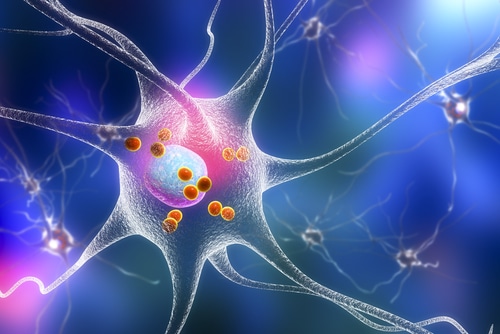The researchers revealed that increasing levels of Klotho improves neurological deficits and prolonged lifespan in an experimental model with ALS; microglia brain immune cells played an important role in protecting against inflammation and likely motor neuron loss in this model.
Amyotrophic Lateral Sclerosis is a neurological disease characterized by loss of upper/lower motor neurons leading to progressive muscle atrophy and paralysis which typical becomes fatal within 3-5 years of diagnosis.
“Here we now show that Klotho is also neuroprotective in an ALS model. Thus, increasing Klotho levels would be a logical treatment for age-related neurodegenerative and neuroinflammatory diseases.” says Carmela Abraham, PhD.
Previously BUSM research has shown increasing Klotho protein levels is beneficial in models of multiple sclerosis and Alzheimer’s disease; currently very few treatments are available for those with ALS but according to Abraham anything that increases Klotho is neuroprotective.
“We propose that increasing the levels of the Klotho protein would significantly alleviate the neurologic manifestations, improve the quality of life and prolong life span in patients with ALS. If one was to extrapolate the results of this study, increasing Klotho by only 50 percent would prolong life by approximately 300 days.”
“This may be relevant for healthy individuals or patients newly diagnosed with ALS. Additionally, in the cases of familial ALS, family members who wish to be tested and discover that they are carriers of an ALS gene could start exercising or start Klotho boosting therapy, once it becomes available.”




